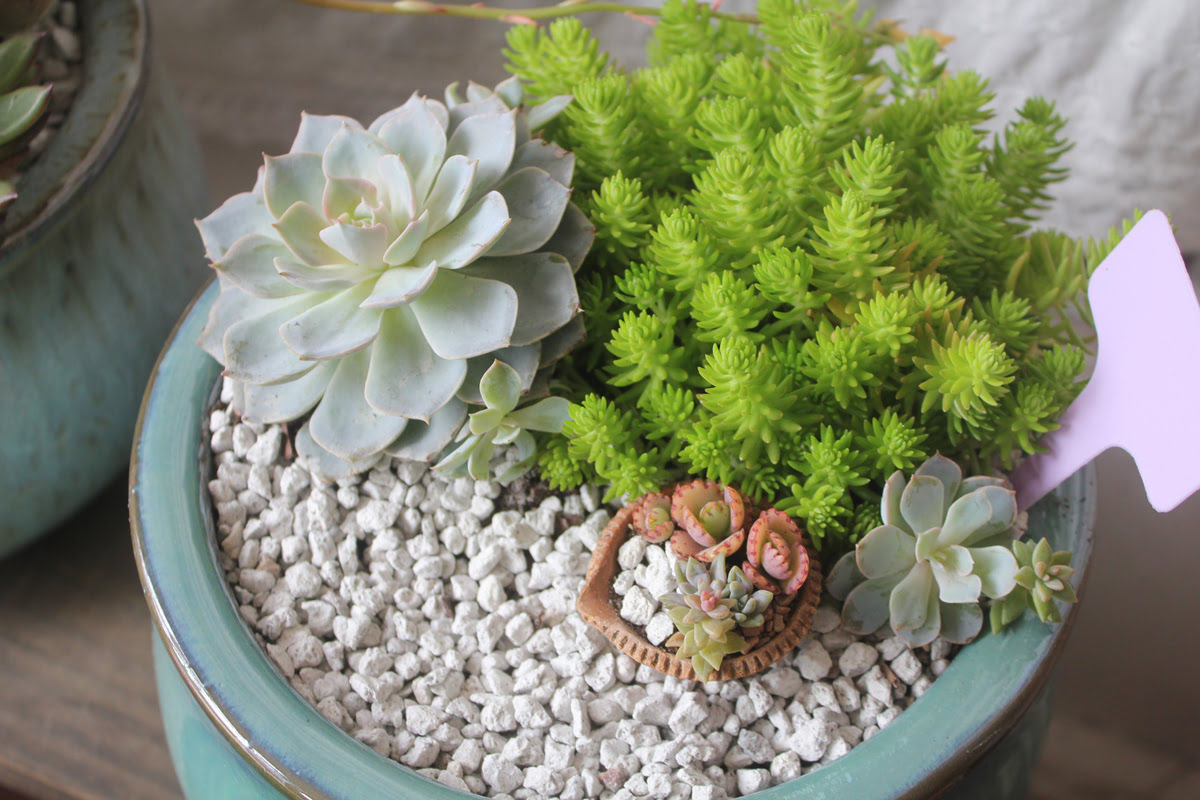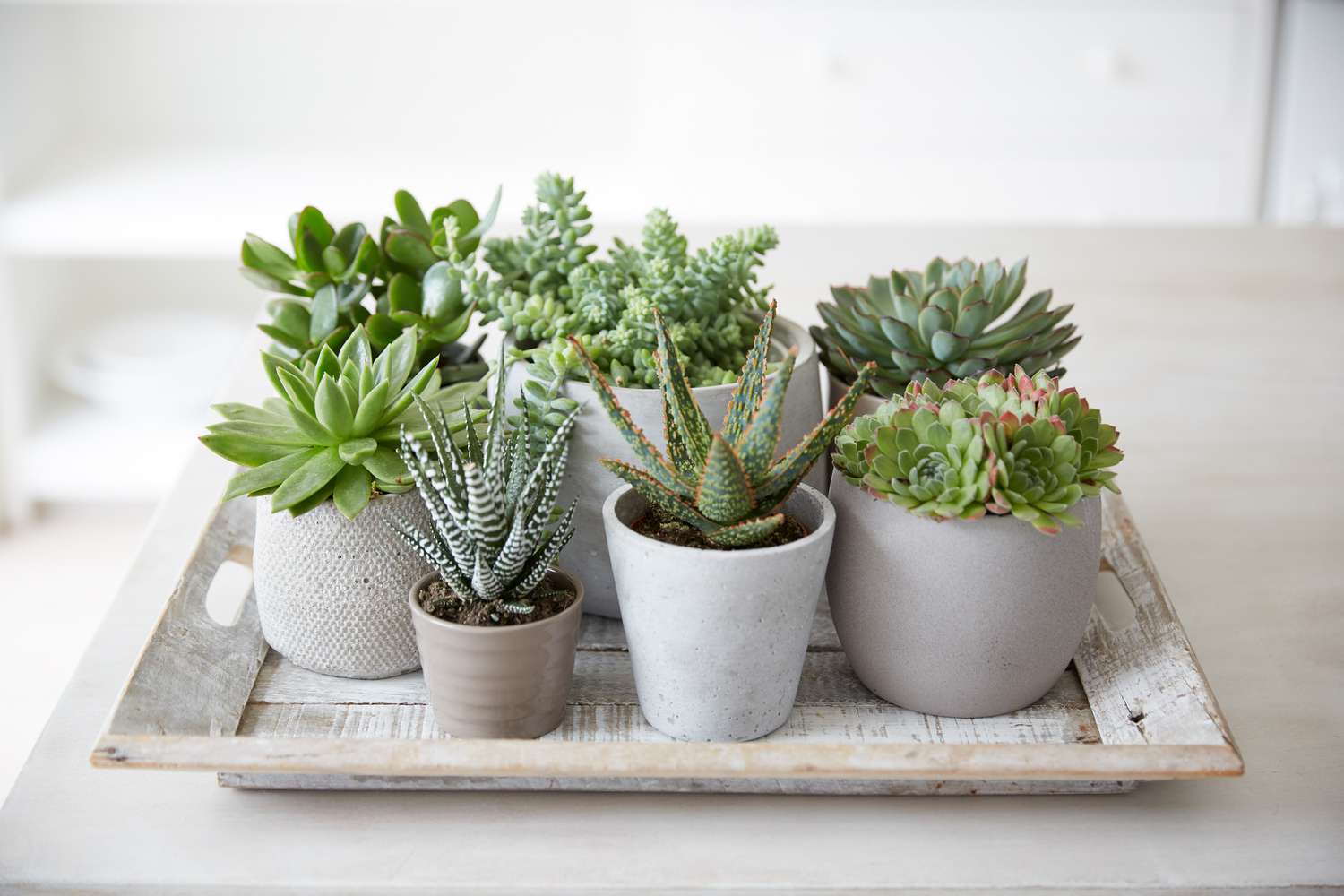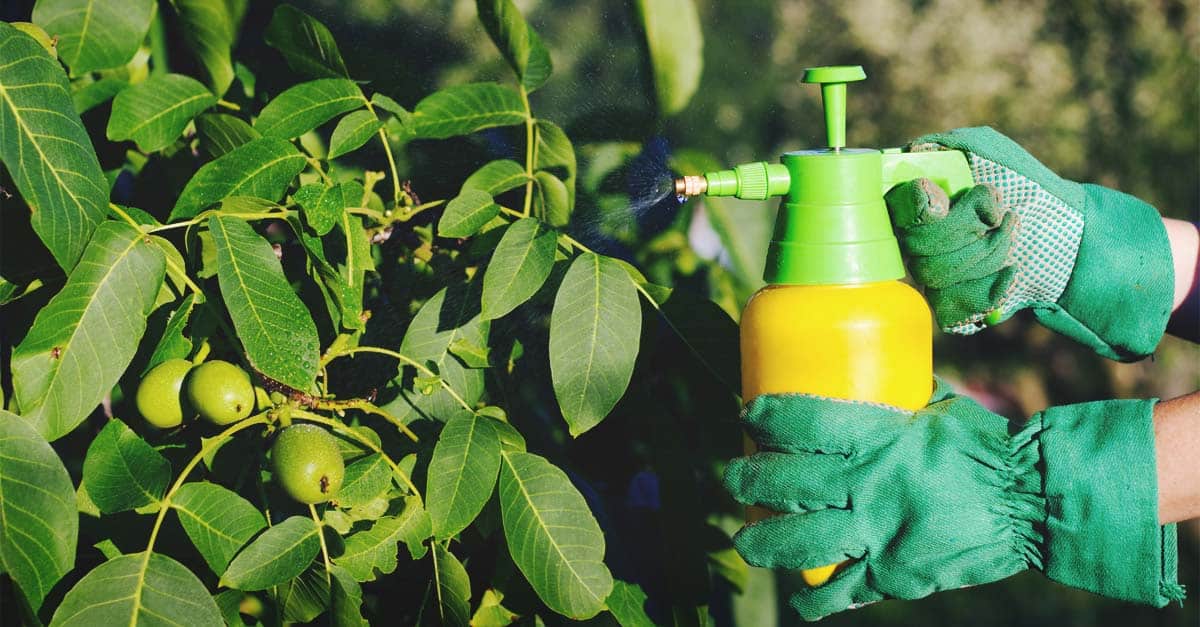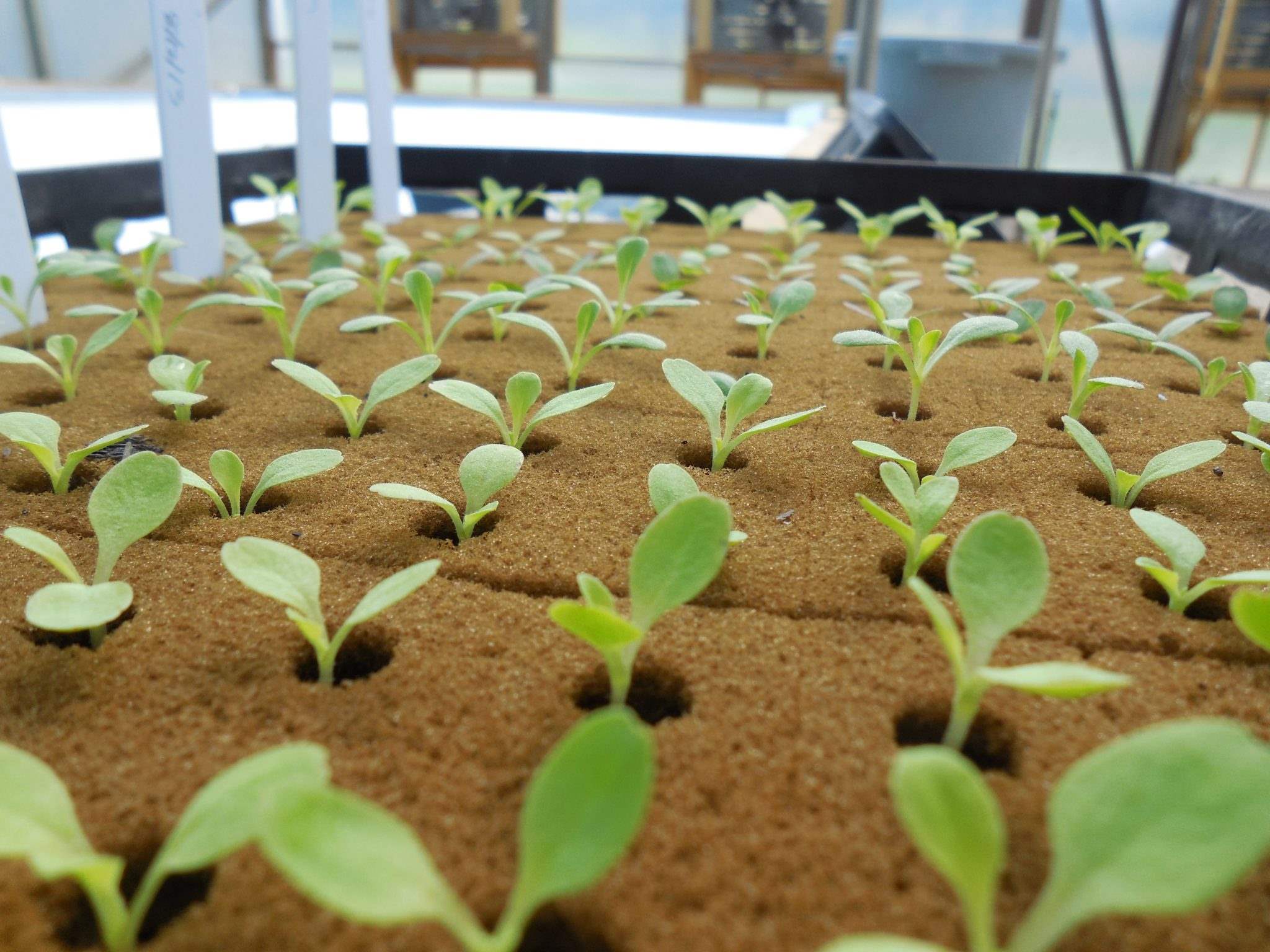Home>Gardening News and Trends>Latest News>How To Steam Vegetables Without A Steamer
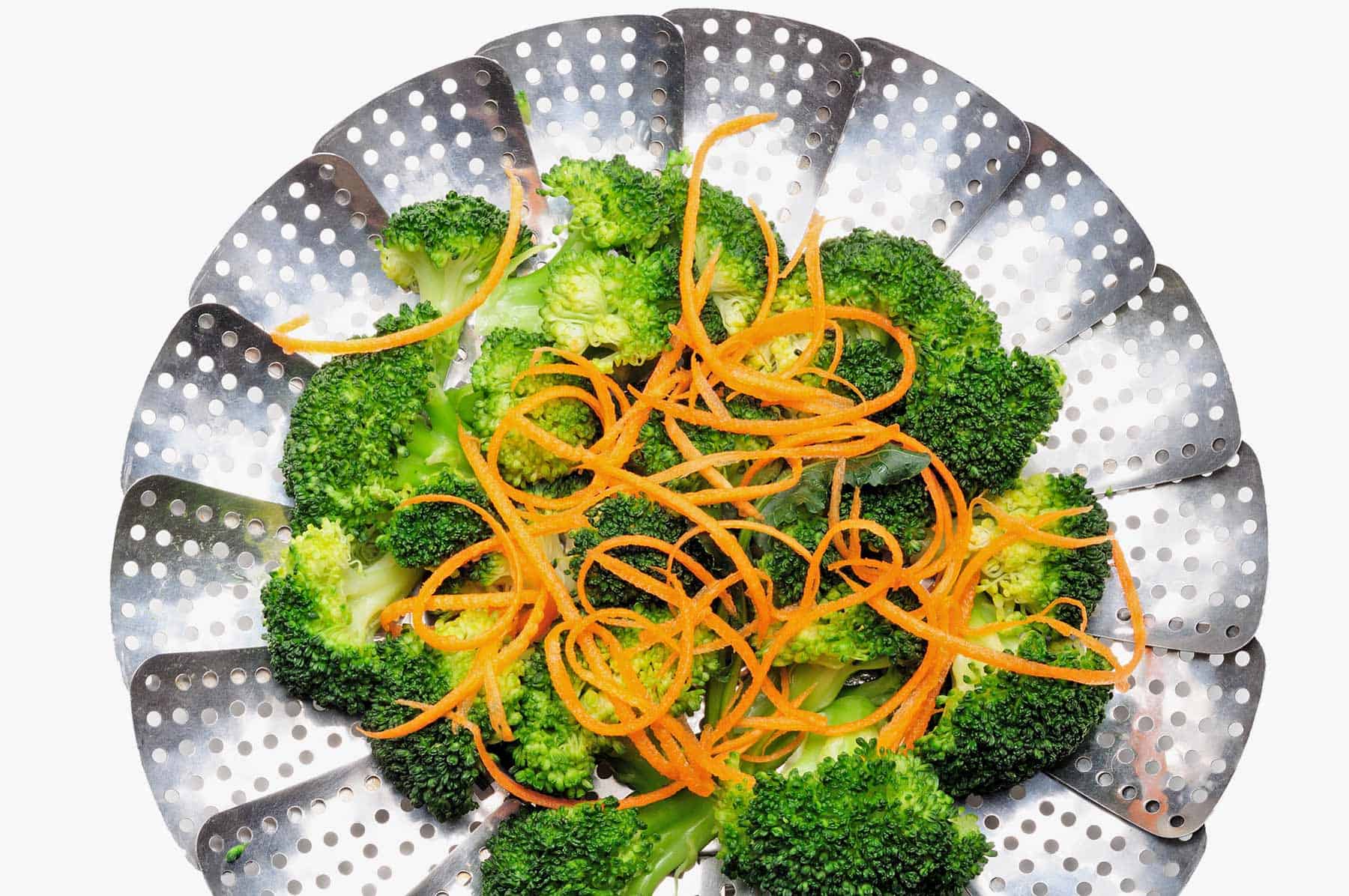

Latest News
How To Steam Vegetables Without A Steamer
Modified: January 22, 2024
Learn how to steam vegetables without a steamer in this latest news. Discover easy and efficient methods to enjoy healthy and flavorful veggies every day.
(Many of the links in this article redirect to a specific reviewed product. Your purchase of these products through affiliate links helps to generate commission for Chicagolandgardening.com, at no extra cost. Learn more)
Table of Contents
Introduction
Steaming vegetables is a healthy and delicious way to enjoy their natural flavors and retain their nutrients. While steaming traditionally requires a steamer, there are several alternative methods that you can use to achieve the same results without a specialized cooking tool. Whether you don’t own a steamer or simply prefer not to use one, this article will guide you through four different methods for steaming vegetables using common kitchen utensils and appliances.
Steaming vegetables without a steamer may seem challenging at first, but with a little creativity and resourcefulness, you can easily achieve tender, perfectly cooked vegetables. By using items such as a pot, a metal strainer, a heatproof plate, or a microwave, you can have a nutritious and flavorful meal on your table in no time.
In this article, we will explore these four methods in detail, providing step-by-step instructions and helpful tips along the way. Whether you’re a seasoned cook or a kitchen novice, you’ll find these methods accessible, versatile, and suitable for a wide range of vegetables. So, let’s dive in and discover how to steam vegetables without a steamer!
Method 1: Using a Pot and a Metal Strainer
One of the easiest and most accessible ways to steam vegetables without a steamer is by using a pot and a metal strainer. Here’s how you can do it:
- Choose a pot that is large enough to accommodate your metal strainer. Fill the pot with an inch or two of water, making sure it doesn’t touch the bottom of the strainer when it’s placed inside.
- Place the metal strainer in the pot, making sure it sits securely and doesn’t come into direct contact with the water.
- Prepare your vegetables by washing them thoroughly and cutting them into bite-sized pieces. This will ensure that they cook evenly and quickly.
- Place the prepared vegetables into the metal strainer, spreading them out evenly to allow steam to circulate.
- Cover the pot with a lid and turn the heat on to medium-high. Allow the water to come to a boil.
- Once the water is boiling, reduce the heat to medium-low to maintain a gentle simmer. The steam generated from the boiling water will rise and cook the vegetables.
- Steam the vegetables for about 5-8 minutes, or until they reach your desired level of tenderness. Remember to check them regularly to avoid overcooking.
- Once the vegetables are cooked to your liking, remove the pot from the heat and use oven mitts or a kitchen towel to carefully remove the metal strainer from the pot.
- Transfer the steamed vegetables to a serving dish and season them with your favorite herbs, spices, or a drizzle of olive oil.
Using a pot and a metal strainer is a versatile method for steaming vegetables as it requires minimal equipment and can accommodate various amounts of vegetables. It’s important to keep an eye on the water level in the pot to ensure that it doesn’t boil dry. Additionally, be cautious when handling the hot pot and strainer to avoid burns.
Method 2: Using a Pot and a Heatproof Plate
Another convenient method for steaming vegetables without a steamer is by utilizing a pot and a heatproof plate. Here’s how you can do it:
- Select a pot that is large enough to accommodate the heatproof plate. Pour in enough water to create a shallow layer at the bottom of the pot without touching the plate when it’s inserted.
- Place the heatproof plate upside down in the pot, ensuring that it sits securely and doesn’t come into contact with the water.
- Rinse and cut your vegetables into bite-sized pieces, allowing for even and quick cooking.
- Arrange the prepared vegetables on the heatproof plate, making sure they are evenly spread out to allow steam to circulate.
- Cover the pot with a lid and turn the heat on to medium-high. Allow the water to come to a boil.
- Once the water reaches a boil, reduce the heat to medium-low, maintaining a gentle simmer. The steam generated by the boiling water will rise and cook the vegetables.
- Steam the vegetables for approximately 5-8 minutes, or until they are cooked to your desired level of tenderness. Remember to check them periodically to prevent overcooking.
- After the vegetables have finished steaming, carefully remove the pot from the heat and use oven mitts or a kitchen towel to take out the heatproof plate.
- Transfer the steamed vegetables to a serving dish and season them to taste with your preferred seasonings, such as salt, pepper, or a squeeze of lemon juice.
This method allows the steam to circulate around the vegetables, ensuring even cooking without the need for a dedicated steamer. It’s important to monitor the water level in the pot to avoid it boiling dry, and take caution when handling the hot pot and heatproof plate to prevent any burns.
Method 3: Using a Microwave
If you’re looking for a quick and efficient method to steam vegetables without a steamer, using a microwave is a great option. Follow these simple steps:
- Wash and cut your vegetables into bite-sized pieces, ensuring they cook evenly.
- Place the prepared vegetables in a microwave-safe dish.
- Add a tablespoon or two of water to the dish. This will create steam to cook the vegetables.
- Cover the dish with a microwave-safe lid or microwave-safe plastic wrap, leaving a small vent for the steam to escape.
- Place the dish in the microwave and cook on high power for 2-4 minutes, depending on the type and quantity of vegetables. Start with a shorter cooking time and check for doneness. You can always cook for additional time if needed.
- Once the vegetables are tender, carefully remove the dish from the microwave using oven mitts or a kitchen towel.
- Take off the lid or plastic wrap, being cautious of the escaping steam.
- Transfer the steamed vegetables to a serving dish and season them with your preferred herbs, spices, or a drizzle of olive oil.
Microwaving is a quick and convenient method for steaming vegetables. Be sure not to overcook the vegetables, as microwaves can vary in power, which may affect cooking times. It’s always a good idea to check for doneness and adjust the cooking time accordingly. Feel free to experiment with different vegetable combinations and seasonings to suit your taste preferences.
Method 4: Using a Slow Cooker or Instant Pot
For those who own a slow cooker or Instant Pot, steaming vegetables without a steamer is incredibly easy and convenient. Follow these steps to achieve perfectly steamed vegetables:
- Wash and cut your vegetables into uniform pieces, ensuring they will cook evenly.
- Add a cup of water to the slow cooker or Instant Pot.
- Place the prepared vegetables in a steamer basket or a heatproof dish that fits inside the slow cooker or Instant Pot.
- Place the steamer basket or dish on top of the water in the slow cooker or Instant Pot.
- Close the lid securely and set the slow cooker to the low or medium setting, or select the steam function on the Instant Pot.
- Allow the vegetables to steam for approximately 15-20 minutes, depending on the type and quantity of vegetables.
- Check for doneness by inserting a fork or knife into the vegetables. They should be tender but still slightly firm.
- Once the vegetables are cooked to your liking, carefully remove the steamer basket or dish from the slow cooker or Instant Pot.
- Transfer the steamed vegetables to a serving dish and season them with your desired herbs, spices, or a drizzle of sauce.
Using a slow cooker or Instant Pot takes the guesswork out of steaming vegetables. The longer cooking time allows the flavors to develop, resulting in tasty and tender vegetables. Experiment with different vegetables and cooking times to find your perfect combination. The slow cooker or Instant Pot method is particularly beneficial when you have a busy schedule or want to prepare a large quantity of steamed vegetables.
Tips for Steaming Vegetables Without a Steamer
Steaming vegetables without a steamer may require a bit of improvisation, but with these helpful tips, you can achieve excellent results:
- Use the right amount of water: When using methods that involve pots or microwave-safe dishes, be mindful of the water level. Adding too much water may cause the vegetables to boil instead of steam, while too little water may evaporate too quickly. Follow the recommended instructions for each method to ensure proper steaming.
- Don’t overcrowd the vegetables: Make sure to arrange the vegetables in a single layer, allowing steam to circulate evenly. Overcrowding the dish may result in uneven cooking and mushy vegetables.
- Consistent vegetable size: Cutting the vegetables into similar sizes will ensure they cook evenly. This is especially important when using microwave or slow cooker methods where the cooking time may vary.
- Check for doneness: Keep an eye on the vegetables while steaming. They should be tender but still slightly crisp. Overcooking can result in a loss of nutrients and a mushy texture.
- Seasoning and sauces: Steamed vegetables can be enjoyed as is, but adding herbs, spices, or a drizzle of your favorite sauce can elevate their flavors. Experiment with different seasoning combinations to discover new taste profiles.
- Try different vegetables: While the methods mentioned are suitable for a variety of vegetables, some may require shorter or longer cooking times. Delicate greens like spinach may only need a few minutes, while root vegetables like carrots may require more time. Adjust cooking times accordingly.
- Experiment with flavors: Don’t limit yourself to just steaming! Once the vegetables are cooked, you can sauté them briefly with garlic and olive oil, or toss them with a vinaigrette for added depth of flavor.
Steaming vegetables without a steamer opens up a world of possibilities in the kitchen. Get creative with different cooking methods and seasoning options to enhance your culinary repertoire. Remember to adapt cooking times based on your preferences and the specific vegetables you’re working with. With practice, you’ll become a master at steaming vegetables without a steamer.
Conclusion
Steaming vegetables without a steamer is not only possible but also easy and accessible with the right methods and techniques. In this article, we have explored four different ways to steam vegetables using common kitchen utensils and appliances. From using a pot and a metal strainer to utilizing a microwave, a slow cooker, or an Instant Pot, there are plenty of options available to achieve perfectly steamed vegetables.
By following the step-by-step instructions and tips provided, you can enjoy tender, flavorful, and nutritious vegetables without the need for a specialized steaming tool. Whether you’re an experienced home cook or just starting your culinary journey, these methods are flexible and adaptable to suit different tastes and preferences.
Remember to consider factors such as water levels, vegetable sizes, and cooking times to ensure optimal results. It’s also important to experiment with different vegetables and flavors to discover your favorite combinations.
Steaming vegetables without a steamer allows you to maintain the natural flavors, colors, and nutrients of the vegetables, making it a healthier cooking method compared to other techniques. Additionally, steamed vegetables make a versatile addition to any meal, whether as a side dish, a topping for salads, or an ingredient in stir-fries and other dishes.
So, next time you’re craving steamed vegetables but don’t have a steamer on hand, don’t worry! Use the methods outlined in this article to achieve delicious and nutritious results. Embrace your creativity in the kitchen and enjoy the benefits of steamed vegetables without the need for a steamer.


